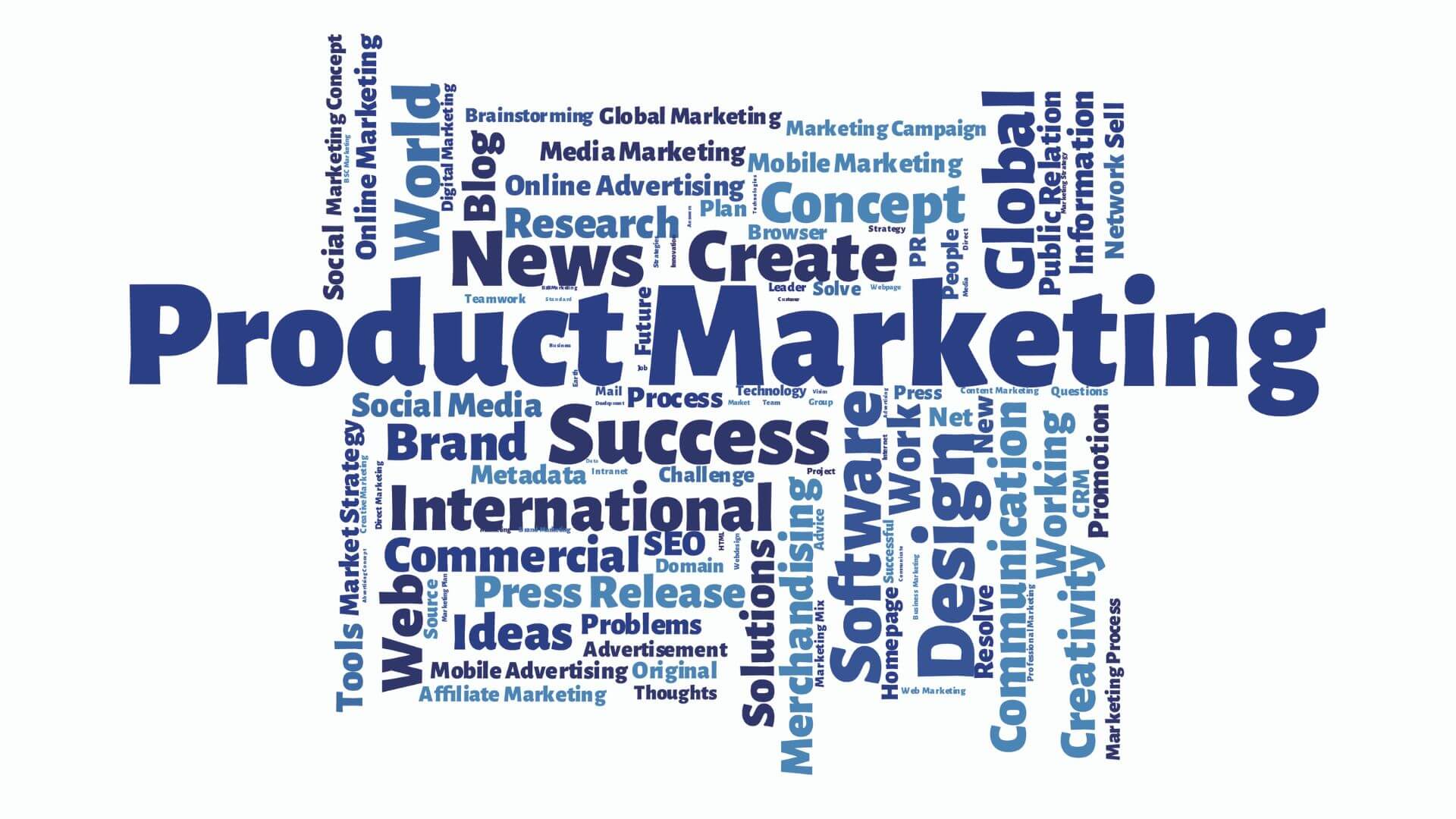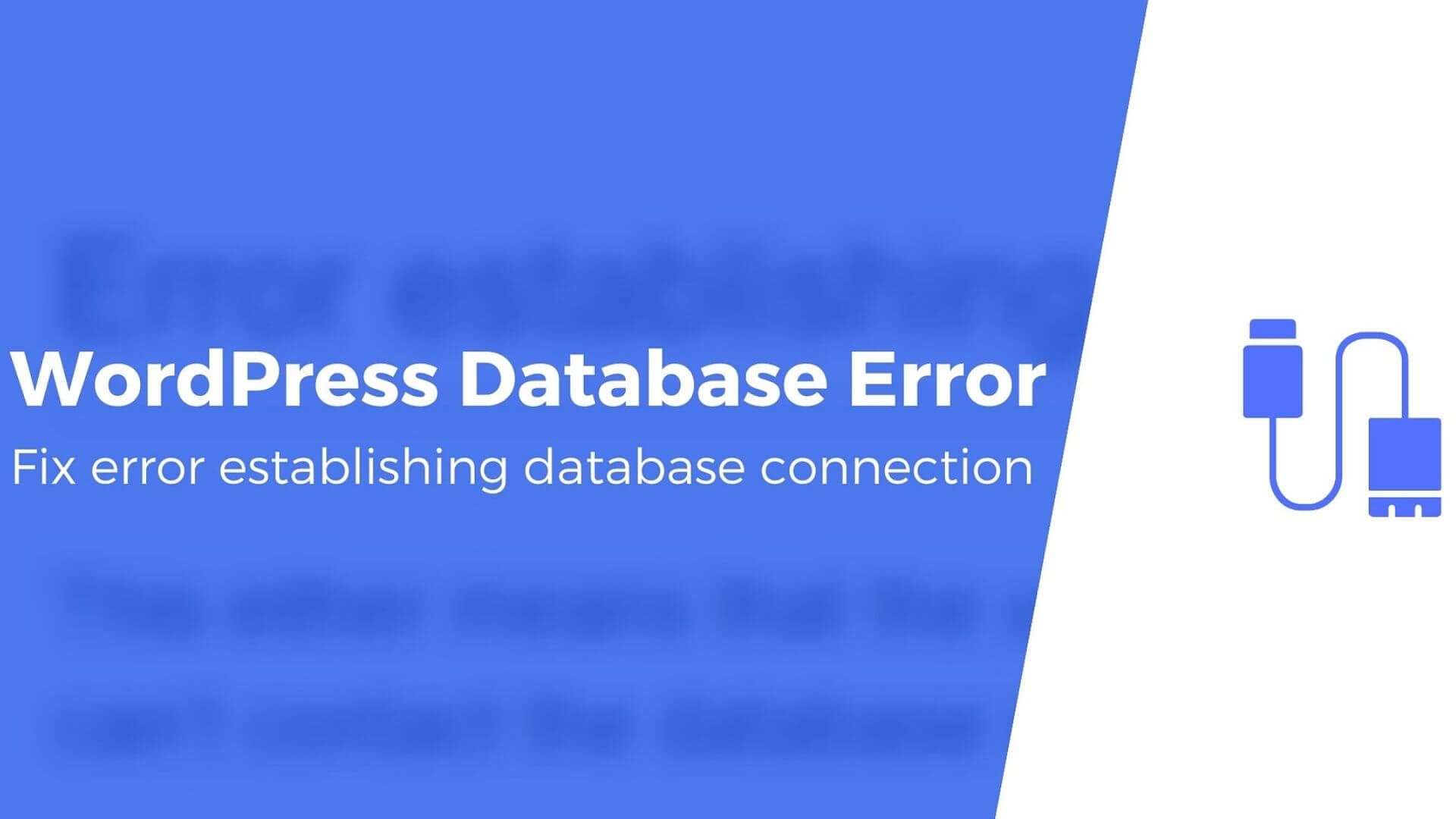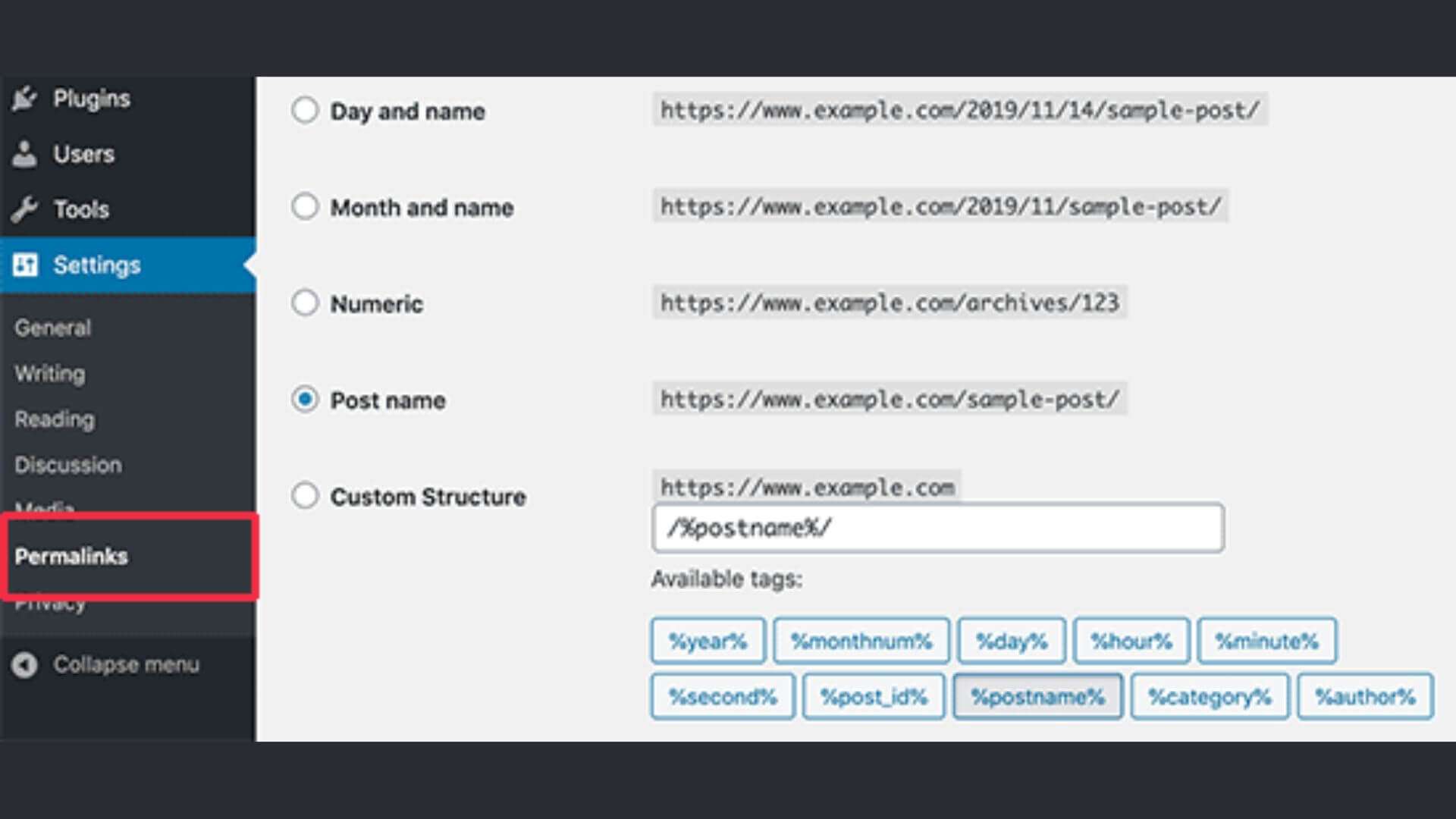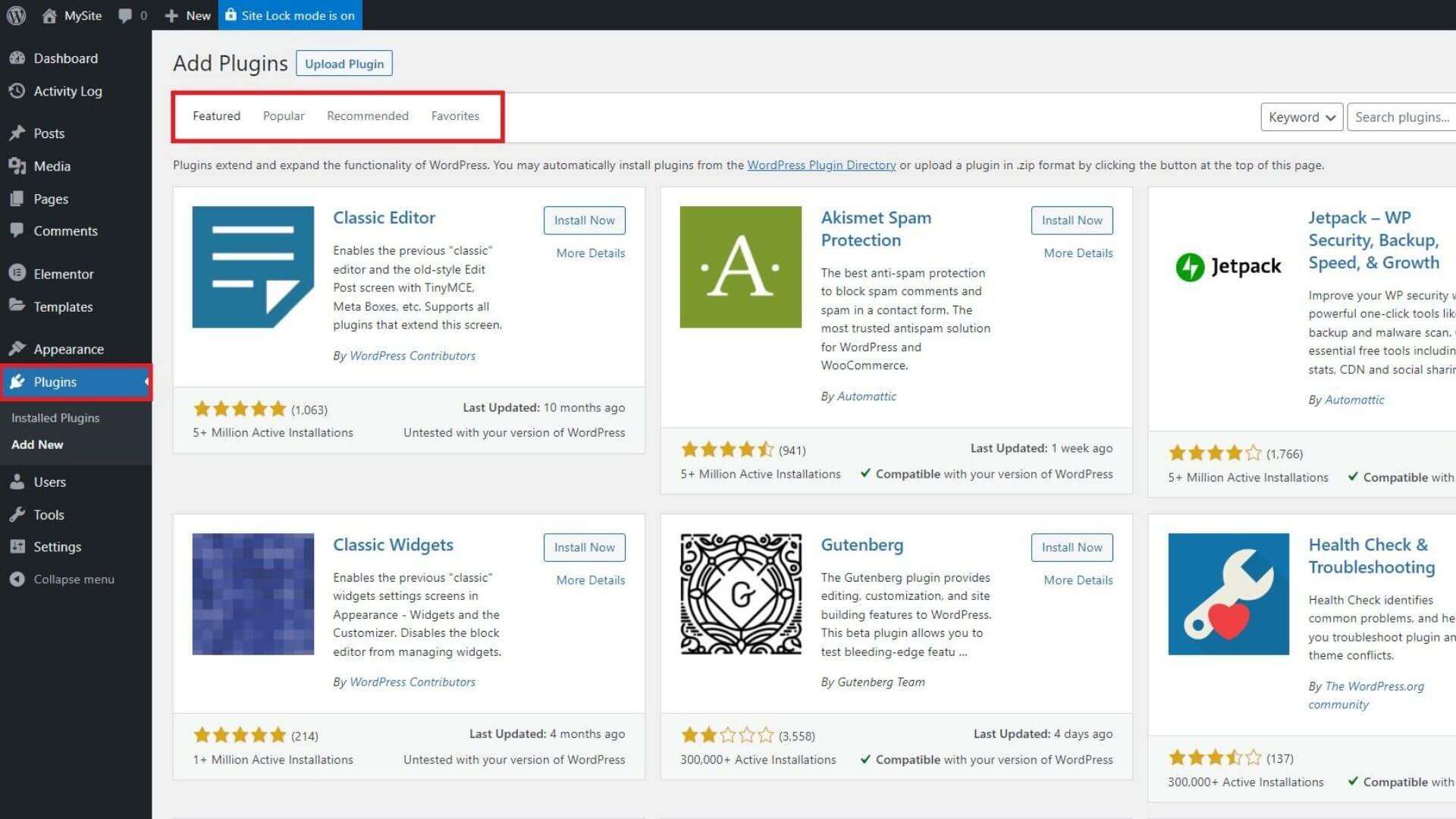If a product or service solves a specific problem, the user is willing to buy it in order to use it. And, on the contrary, it is pointless to offer people something that they are little interested in.
Therefore, in marketing, it is important to understand who your target audience is.
The target audience(from the English target group) is a specific group of people that a set of marketing communications of a certain brand is focused on. It, as a rule, consists of existing buyers or customers of the company and potential consumers who need to be attracted to gain a stable economic position in the industry.
The definition of the target audience is the ability to rely on and focus on “your” customers, those people who, with the maximum degree of probability, will be interested in the finished product or service. Therefore, for a company, the target audience is an important aspect of product marketing.
What is the target audience or the concept of the target audience
Understanding what the target audience is, the ability to determine it, and the presence of each product or service of its own customers allows not only to create an ideal product but also to spell it correctly. In fact, these are consumers who are interested in a particular product and its benefits.
Determining the target audience is necessary in order to properly build a communication strategy with customers. Knowing your buyer is also necessary for the right choice of channels for promoting the product and the competent use of the company’s budget.
The main communication resource of the organization is usually directed to this category of buyers: SMS mailings, advertising content on social networks, and email messages.
Definition and types of the target audience
To understand how to correctly determine the target audience, it is important to pay attention to its size in terms of numbers. This indicator allows you to assess the potential size of the market, the approximate number of sales, predict the profitability of the company, and the strategy for further building a business.
Each CA has a core. This is the most active group of buyers, bringing a significant share of the profits. They use the brand’s products or services most often, have a high need for them, and are ready to satisfy them at any price.
The target audience in marketing can be of two types:
- Primary (main);
- Secondary (indirect).
The primary audience or primary target audience is a priority. These are the people who use the product or the initiators of the purchase.
The secondary target audience or secondary target audience is more passive. These people may participate in the purchase of the product without being the initiators of the purchase. The priority of communications for this type of target audience is lower than for the previous one.
An example of target audience types is the children’s goods market. The audience of children’s goods is represented by two types:
- Parents – a group of people who decide to purchase a product
- Children are those who directly use it.
Based on these characteristics, the primary target audience in this market is children, and their parents are the secondary or indirect target audience.
How to segment and “understand” the target audience
Research on large buying groups has shown that communication is easier and more effective when it is segment-by-segment.
Each has a number of features and characteristics characteristic of its representatives. To segment the audience, it can be conditionally divided according to 4 criteria:
- Geographical (the consumer market of the product is divided into countries, cities, territories, depending on the scale);
- Demographic (sex, age, religion, income level, marital or social status). The purchasing activity of people strongly depends on it;
- Economic (level of education and income, conditions of comfort and living). This indicator greatly affects the preferences, purchasing power, and activity of the audience;
- Psychological (lifestyle, desire to increase self-esteem, self-expression, or self-development).
Important! It is a mistake to focus only on these target audience segments when selecting customer groups . Thus, people of approximately the same age, having the same income and living in the same city, may prefer different products.
For research, analysis, and further segmentation of the target audience, a number of tools are used:
- Survey (conducted on social networks or on the company’s website). This method allows you to identify age preferences, target transitions, and other information about potential customers;
- opinion polls posted on third-party sites and allowing to determine the target audience;
- Marketing research.
One example of a target audience segmentation tool is Sherrington’s five questions or 5Ws:
- Type of product: the question “what?”;
- Consumer: “who?”;
- Motivation: “why?”;
- Time of purchase: “when?”
- Place, where?”.
Five steps to determine the target audience
To understand how to calculate the target audience, you need to focus on its maximum narrowing. The result is to identify a potential user and find out all his pain points (fears, doubts, objections, preferences). Based on the information received, you can establish effective, persuasive communication with the buyer.
The process of how understanding the target audience looks like this:
- Survey the current customer base. Unfortunately, surveys are often underestimated, although their proper use can provide a lot of useful information. A survey is a simplest but most effective way to determine the target audience. On average, the list includes from 4 to 14 questions, it should be short and interesting for the client.
The main points to find out with the survey:
- What frustrates the customer the most when it comes to (product name);
- How much a person is willing to pay for a product, if it has (an approximate list of qualities and functions);
- What social networks does this client spend the most time on?
- Likely customer questions related to (product name).
- Establish communication with the target audience. At this stage, feedback is most important. It must be:
- responses to blog comments;
- attention to questions and criticism;
- personal treatment and friendly attitude towards everyone.
- Convert frustration into motivation. After a productive interaction has been established with the buyer, you should focus on the “pain” points of the user. Once you’ve figured out the issues he’s worried about, turn the frustration into motivation. For example, working in the SaaS sphere and promoting CRM systems, it suddenly turns out that leads do not have the opportunity to contact the buyer through several channels.
Advice! To turn this minus into a plus, it is important to turn to your product. If SaaS has a cross-channel service feature, it can be used as the main selling point. Understanding what the problem is, it is important to offer the client a useful alternative.
For each product, it is important to have a list of possible disappointments and benefits ready.
- Study the competitive market. You should not copy opponents, it is important to know their strengths. This will help you target your target audience more effectively.
You should track the main pages of competitors, their landing pages, and product descriptions, pay attention to what competitors do NOT do. This will help you see new opportunities for promoting your own business.
- Understand who the target audience is NOT
It is important not only to understand how to determine the target audience for advertising but also to know who does not belong to it. This is necessary, for example, to create advertising on social networks.
Anyone who does not match the description of a potential client should be weeded out. For example, advertising women’s products should not waste time and effort on attracting male attention to them. And services of the “18+” category should not be advertised on children’s Internet sites.
Portrait of the target audience – a plan from specialists
Guided by the following plan, you can quickly understand how to correctly identify the target audience :
- Comparative analysis of goods. At this stage, the distinctive qualities of the product are determined. There should be at least 2-3 key ones. For example, packaging design, price, and place of sale.
- Analysis of existing clients. It involves conducting a survey among users to find out the characteristics of the product that are valuable to these people and its advantages over other manufacturers.
- Brief SWOT or identification of those product features that are fundamental to effective sales. Weaknesses are also identified here, which are unlikely to be eliminated.
- Market segmentation based on key properties. The description of all categories of potential buyers will become a portrait of the target audience.
- Plan of work with target groups. It includes a list of marketing activities focused on attracting and retaining customers, improving the product, and expanding the range, promotion and pricing.
The above plan helps to create a portrait of the target audience, with the help of which it is possible to quickly establish interaction and find a common language with customers.
How to determine the target audience of the site, blog, and social networks
Building productive communication links, the right choice of content and its presentation to users, and effective promotion of an Internet resource, blog or service requires careful study of the target audience.
In addition to the rules for determining the target audience listed above, you should get to know the subscriber as much as possible, and find out his interests, habits and desires, preferences, and tastes.
To determine the target audience of your company, brand, or product, it is important to understand potential audience Internet resources, blogs, and social networks. After determining the target audience, you will be able to set up high-quality advertisements.
Among the universal characteristics of the portrait of the user of Internet resources are:
- Location – region, city of residence, population, climate, time difference, language specificity, and mentality – details that necessarily affect the setting of targeted advertising
- Age and gender. Each age group has its own needs, values , and duration of the decision-making process. As for gender, different sales funnels line up for men and women, because they think differently.
- Nationality – plays an important role, as it helps to understand and evaluate interests, preferences, and attitudes towards shopping.
- Position and income. Needs and values in different categories depending on their level of solvency. Knowing the pricing policy for each segment will help meet the needs of groups.
- Interests – the choice of advertising platforms for placing trade offers depends on the type of activity or hobby of clients.
An approximate list of questions that will help to create a portrait of the target audience for the blog:
- Subscriber lifestyle;
- Goals, dreams, interests, and hobbies;
- Books and films;
- What does he do in his spare time, and how does he spend his weekends?
- What makes him react negatively?
- What inspires you?
The answers to these questions will give a detailed description of the target audience of blog subscribers. This will allow you to publish content based not on assumptions, but on real information. Communication with the buyer built in this way guarantees productive contact with the target audience and increases interest in the blog.
There are several recommendations on how to determine the target audience in social networks :
- Find accounts that sell similar products;
- Study photos and descriptions, pay attention to posts with a large number of likes and positive comments;
- A lot of interesting information can be obtained on the personal pages of subscribers. From the visual, you can understand what a person is interested in (brands and subscriptions);
- Hashtag search. Many users use these tags to mark products or services they like;
- Polls under the posts allow you to find out interesting topics and the opinion of subscribers about certain brands. The greatest effect is achieved with the help of questionnaires published in stories;
- Content quality. Texts should be easy to understand, useful, and engage the reader in the topic.
Mistakes when choosing a target audience
The most common and typical mistake when choosing a target audience is to reach too wide a target audience. The widest possible range of the audience reduces the productivity of advertising and does little to promote the brand.
A large target audience implies that the promoted product may be of interest not only in a certain segment but also in other groups. So, toys are chosen by children but bought by parents. Women most often buy cosmetics on their own, less often men buy this product as a gift.
Considering that a wide target audience cannot be a carrier of common interests, preferences, and consumer needs, the target audience should be divided into segments.
The main questions that can be clarified when assessing the target audience are:
- Who needs the product?
- Who can use it?
- How and where can the client get it?
- What methods are needed for the product to be received?
- How will the customer receive information about the product?
Target Audience Testing
Testing involves a number of activities:
- Questionnaires or polls in social networks;
A professionally designed questionnaire allows you to find answers to most of the customer’s questions and provide high-quality information for analysis. You can conduct a survey via email (the survey is sent to you by e-mail, where you can give an answer in the letter itself), using special online applications (programs are downloaded on the device where you need to complete the survey, sometimes for a certain period of time) and using the web pages (following a link to a web page where they offer to take a survey).
- Holding shares;
Promotion is one of the types of active advertising, which is aimed at the “personal” acquaintance of the consumer with the products offered. The most popular types of promotions: are the distribution of leaflets, sampling (for example, small presentation items in magazines), tasting, posting ads, leaflets, posters, and mailing.
- Competitions and master classes;
- Gifts and discounts;
The most common method to attract customers is because everyone loves gifts. Bonuses are more effective in attracting customers and useful for retaining profits. But regarding the gift, its value should be only within the trade margin.
- Meetings of company representatives with potential consumers;
- Focus groups.
For example, an online focus group refers to a qualitative sociological research method. It is carried out according to the method of a group interview in which a moderator participates (the one who directs the conversation in the appropriate direction between the respondents: asks questions, gives the floor to certain respondents, etc.) and respondents, the ideal number of which is usually 6-12 people.
Typical applications for online focus groups are consumer behavior research, business-to-business research, and political research. The duration of an online focus group can be from 60 to 90 minutes.
At this stage, it is important to determine whether the circle of buyers is correctly identified, as well as the set of tools that will be used in the work.
Determining the target audience is the first and main step in building a business since the basis of effective marketing is customer satisfaction. Having a clear understanding of the target audience, you can not only create in-demand products or services for it, but also effectively promote them with the help of a well-built strategy.
Findings
- To create an ideal product and sell it correctly, you need to understand what the target audience is and be able to identify your buyer in order to properly build a communication strategy with customers.
- The target audience in marketing can be of two types. The primary audience is a priority because these are the people who use the product or the initiators of the purchase. Secondary – more passive without initiators, and communications for this type are lower.
- Communication is easier and more efficient if it is segmented. You can segment the audience according to geographical, demographic, economic, and psychological criteria. For a detailed analysis, questionnaires, opinion polls, and studies are used.
- To gain knowledge on how to calculate the target audience, you need to focus on its maximum narrowing, identify a potential user and find out all his pain points (fears, doubts, objections, preferences).
- Use the template to correctly identify the target audience. The template will help create a portrait of the target audience, with the help of which it will be possible to quickly establish interaction and find a common language with customers.
- Getting to know the subscriber, and finding out his interests, habits, desires, preferences, and tastes will help in drawing up a portrait of the target audience of the blog and social networks. Also, do not forget about the visuals, and the quality of your content polls to increase the target audience.
- A wide reach of customers is a typical mistake when choosing a target audience, as it reduces the productivity of advertising and does little to promote the brand. Learn to test your target audience the right way.






